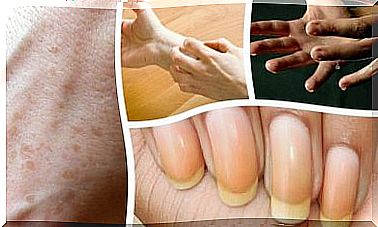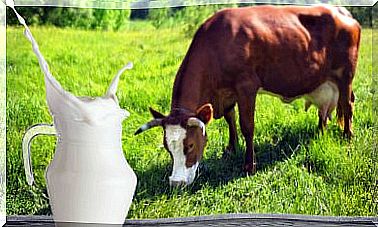What Are Rare Diseases?
Rare diseases are conditions that affect a small percentage of the population. Although there is currently no cure, early diagnosis and proper treatment can improve symptoms
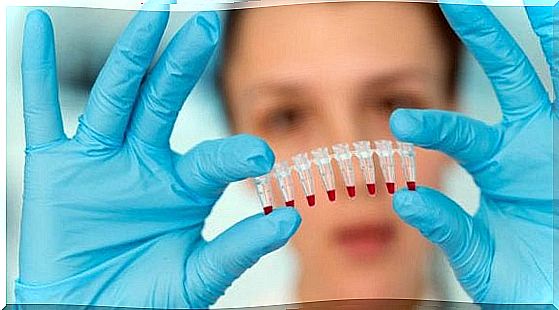
Rare diseases are those that affect a very minority of the population and that, therefore, cannot be easily diagnosed or treated. There is a great variety of these types of diseases and every day there is more evidence about them, although the treatments are still far behind the evolution of these.
Most of the rare diseases have their origin in the genetics of the person and, therefore, it is impossible to prevent them and somewhat complex to treat. Among these diseases we find some that are much more damaging to the lives of people who suffer from them than others and, therefore, those who think that they may have some type of not well-known disease, should go directly to their doctors and inform them of the symptoms that have.
Some of the rare diseases
Although there are quite a few rare diseases, today we are going to treat two of them. Thus, we can have a better idea of what we are referring to when we call them “rare” and we will understand the difficulty of investigating and trying to find an adequate solution.
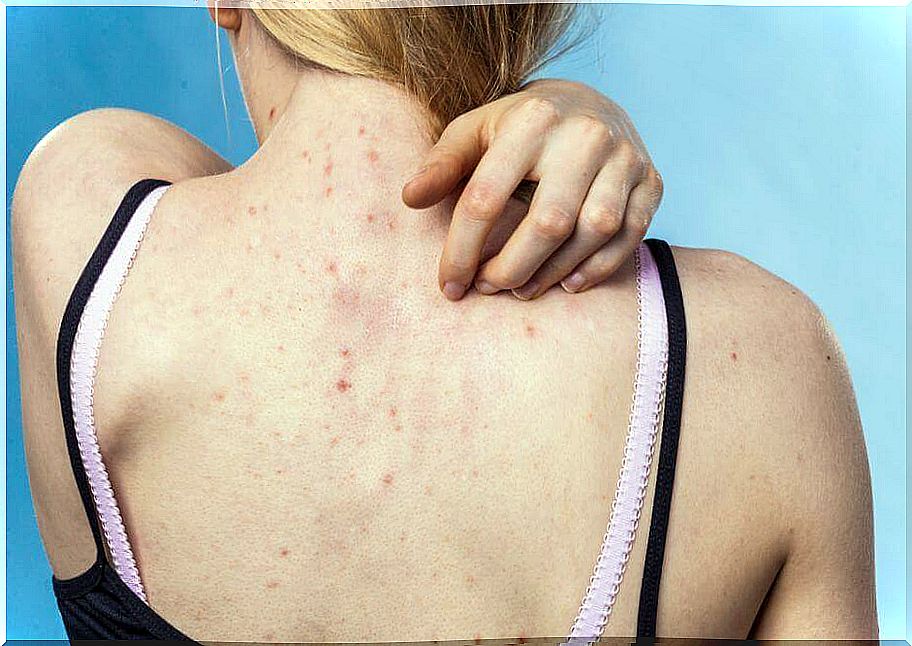
Schönlein-Henoch purpura
Schönlein-Henoch purpura is one of the rare diseases characterized by basically affecting the vascular capillaries, causing inflammation in them . The capillaries most affected by this disease are those of the skin, the intestines and the capillaries of the kidneys. People with this disease will find several purplish rashes that appear on the skin, because when these capillaries become inflamed, they lose part of the blood.
If the blood that is lost is in the intestines, blood is usually seen in the urine or stool, so anyone with these symptoms should see their doctor immediately. Sometimes, if blood appears in the urine, we can mistake this symptom for an infection. However, a proper diagnosis is necessary to avoid complications.
Moebius syndrome
Moebius Syndrome is another of the rare diseases of genetic origin in which we find that two of the most important cranial nerves do not develop as they should . Therefore, people who suffer from this disease have difficulties in controlling facial expressions and this ends up causing complete facial paralysis and lack of movement in the eyes.
Also, people with Moebius syndrome often have a hard time smiling or frowning. This can affect speech. Treatment in the most severe cases may be the use of a feeding tube, given the difficulties in moving the mouth and being able to take food. In others, eye problems can be corrected with surgery or speech therapy can be used to communicate effectively.
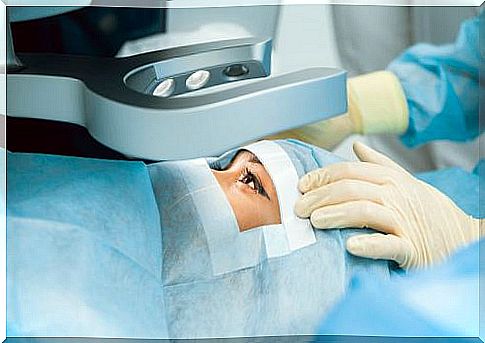
Other rare diseases that we can find and classified as such are Fragile X Syndrome, Amyotrophic Lateral Sclerosis, Prader Willi Syndrome, Hutchinson-Gilford Progeria, Marfan Syndrome, Congenital Insensitivity to Pain and Gilles de la Tourette syndrome. There are many and they all have something in common and that is that today there is still no cure for any of them.
The quality of life of patients
All these diseases are characterized by being genetic and there is, at the moment, nothing that can be done to avoid them . However, in some cases it has been shown that a timely diagnosis and adequate treatment with the best drugs on the market, can help in some cases greatly improve the lives of people who suffer from it. In other cases, however, there will be nothing that can be done, so it will be a struggle between the person and the disease.
In any case, we must think that science and the world of medicine are advancing rapidly and this is something that increasingly offers more guarantees of a better life to people who are being diagnosed with one of these rare diseases. We hope that satisfactory solutions will soon begin to emerge that will help people with rare diseases to improve their quality of life.

